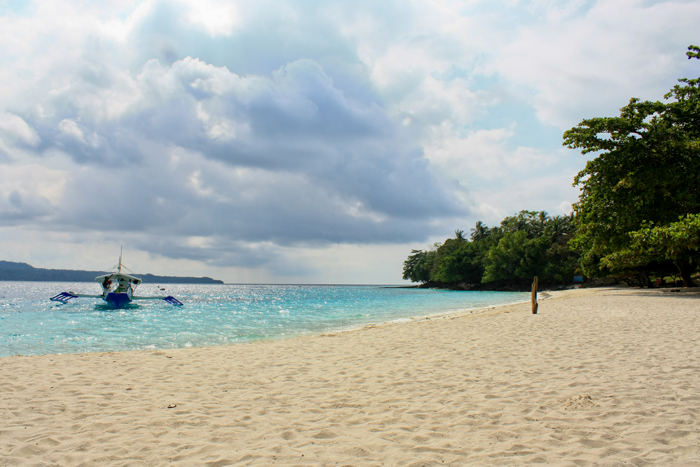
Who Needs Philippine Travel Tips?
Many foreigners have asked, “Where is the Philippines?” out of curiosity. And there’s every reason to be interested in this country. The Philippines has graced the travel bucket lists of people all over the world for many good reasons. The Philippines is both Asian, as well as, Western in character. It is the only Christian-dominated country in a region inhabited by mostly Islamic and Buddhist cultures. The country’s cuisine, dress, lifestyle, and local hotspots are so diverse due to various international influences, yet blend together nicely to represent something Filipino. If this is your first time to visit the Philippines, you should read up on Philippine travel tips to get the most out of your trip.
Philippine Culture – One Yet Many-Faceted
The country’s culture can be compared to a stew where many different ingredients are blended together to create one dish. You can find a hodgepodge of cultures – indigenous, Chinese, Japanese, Spanish, Portuguese, Mexican, Arabic, Indian, American and European – in the way people dress, talk, cook, and play music.
The good part is that most Filipinos are able to communicate in English (albeit broken in some parts). Many Filipinos are also well-versed in Chinese and Spanish. In fact, the Filipino national tongue abounds in vocabulary words that have been adopted from foreign languages.
Likewise, Philippine cuisine is a delicious blend of many foreign influences. On tables of many Filipino homes, you can easily find the classic adobo or afritada (which have Spanish influences), the Chinese pancit or tokwa, the Malay rendang or bagoong, and even Indian curried meats. These are eaten with rice, an Asian staple.
Typically, the Filipino is very fashion-conscious and tends to follow current international trends in dress, especially in parties and business offices. In some special occasions, such as weddings and international affairs, it is common to find some men and women dressed in national attire (barong Tagalog for men and terno for ladies).
Getting Around the Philippines
Major cities in the country are accessible via airports and seaports. In big cities, public modes of transportation such as buses, jeeps, and tricycles abound. Be sure to try riding jeepneys and tricycles at least once, they are thrilling experiences. But just keep your grip on, because drivers of these vehicles don’t normally respect traffic laws.
As you tour around, make sure that you are with a local guide or someone who can speak the language. This will assure your own safety and welfare.
Infrastructure
The country is a contrasting blend of modern thoroughfares and ancient cobblestoned roads. Most homes and establishments have Internet and cell connection, but the signals may not always be consistent, particularly in remote islands and at high elevations. If you want to have consistent Internet access, you should buy a local prepaid data plan for your device.
Big establishments like hotels, malls, restaurants, theaters, airports, and hospitals accept international credit cards aside from cash payments. On the other hand, small eateries and shops may not always have credit card facilities so you should bring sufficient cash if you want to patronize these places.
Climate and Local Conditions
The country has warm humid climate most of the year. A few elevated places like Baguio and Bukidnon have comfortable temperatures under 25 degrees Celsius. Sunlight is very intense during the summer season (March to May) so it’s best to use an umbrella or hat and to drink lots of water during your sightseeing. Also expect abrupt changes in weather (from sunny to rainy) on any typical day.
Wear comfortable clothing with breathable fabric such as cottons and linens, and stay in the shade or air-conditioned areas as much as you can. Don’t forget to apply sunblock often on exposed parts of your skin.
Do your homework and learn as much as possible about the popular tourist spots in the Philippines even before heading out. There are so many of them, but you should not miss out the Taal and Mayon Volcanoes, Bohol’s tarsier sanctuary, and the underground river in Palawan among others.
Getting Along
You’ll be relieved to know that most Filipinos are very friendly and helpful to foreigners. Filipinos appreciate that you make the effort to visit local sites and learn about the language and culture. They are eager to teach you a few useful Filipino words and songs.
They love it when you show enjoyment for their food and culture. Expect a local Filipino family to attend to your needs above their own and treat you like royalty. They will really go out of their way to make your stay as comfortable and memorable as possible.
As in many other countries, do watch out whom you deal with. There will always be unscrupulous fellows out there who will not hesitate to take advantage of an unsuspecting foreigner. Don’t drink too much in public places as you may become vulnerable to criminal elements. Most of all, travel with someone you can trust.
About the author: Mark Conrad is the owner of Plan Your Trip Now travel blog. He loves his country so much that he wants you to come and visit! He has written more travel tips for foreign visitors in this free ebook to make it easy for you to plan your holiday.
{ 0 comments… add one now }